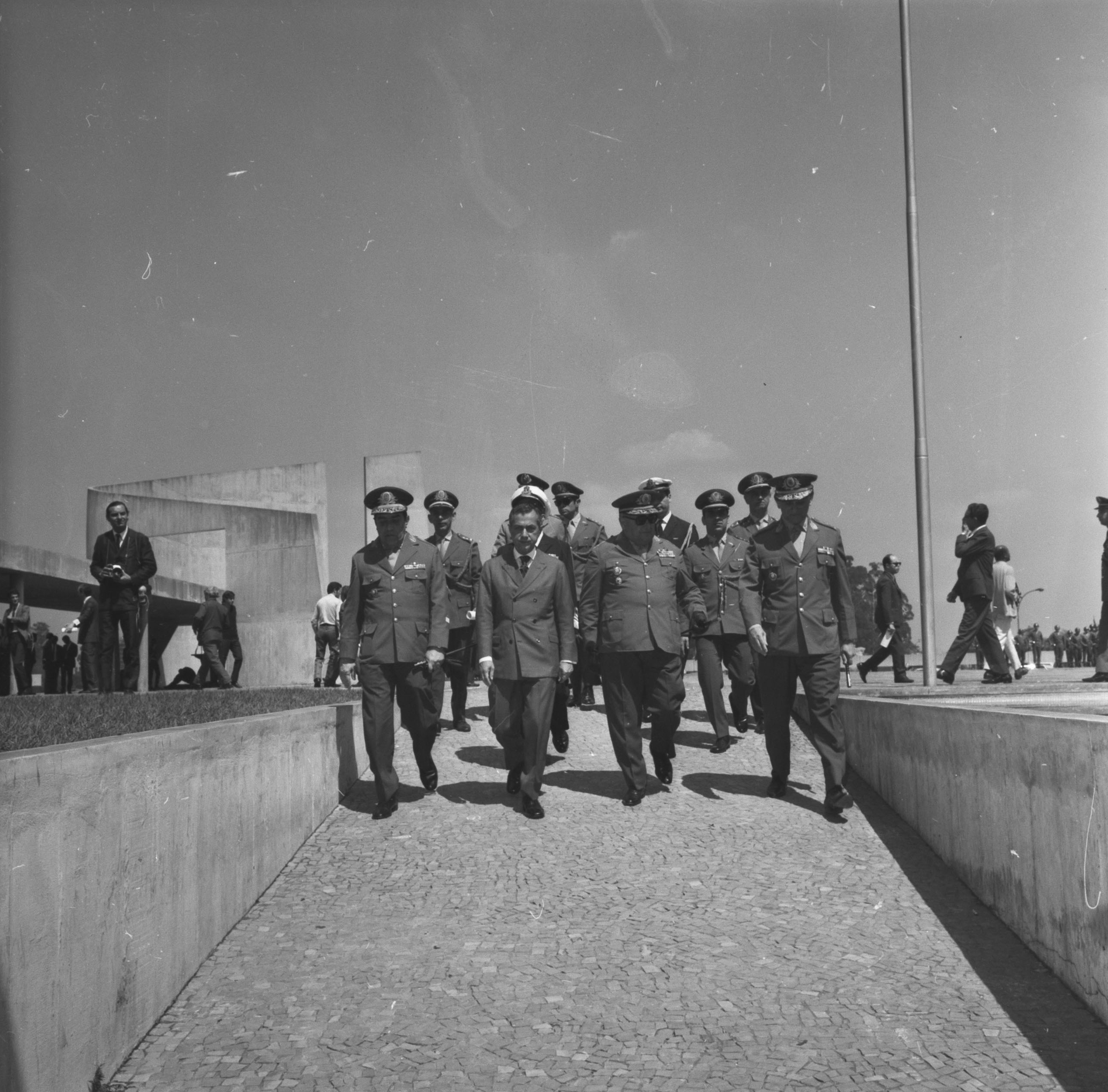PAST TALKS 2021
4 May 2021
The House of the "Good Man": Masculinity and Domesticity in São Paulo (1870-1920)
PEDRO BERESIN SCHLEDER FERREIRA
FAU, University of São Paulo
Respondent: Damla Göre (ETH Zurich)
“Home sweet home” was the sugary
maxim with which the bourgeois discourse acclaimed the domestic and family
space in the 19th century. Idealized as a space antagonistic to the public
sphere, the home started to be widely disseminated as a perfect family nest.
Wrapped in a serene and comfortable atmosphere, at home the couple would
experience the height of their romantic love, men would find full refuge from
work life, women the satisfaction of diligently taking care of the family, and
children the integrity of parental love.
The harmonic and soothing facade of this discourse, however, covered a contradictory structure. Although the discourse of domesticity instituted the separation between the public and private spheres as an important foundation of his imaginary of pleasure, comfort, and tranquillity, in that same discourse these universes appeared intimately articulated.
Seeking to explore those links, the research aims to understand the relations between middle- and upper-class adherence to bourgeois domesticity with the diffusion of new patterns of masculinity and with the modernization of the city during this period. The central hypothesis relates the materialities and family organization emerging in the domestic life of these groups with the diffusion of the ideal of masculinity of the “good man”, that was based on the cult to work and self-discipline, and on the cultivation of a character and of a psychic interiority. In addition, we also seek to understand how the material repertoire and the experiences of domesticity were mobilized in the structuring of male public life, and how they were used by men and their families as an instrument to conquer and stabilize social positions.
The harmonic and soothing facade of this discourse, however, covered a contradictory structure. Although the discourse of domesticity instituted the separation between the public and private spheres as an important foundation of his imaginary of pleasure, comfort, and tranquillity, in that same discourse these universes appeared intimately articulated.
Seeking to explore those links, the research aims to understand the relations between middle- and upper-class adherence to bourgeois domesticity with the diffusion of new patterns of masculinity and with the modernization of the city during this period. The central hypothesis relates the materialities and family organization emerging in the domestic life of these groups with the diffusion of the ideal of masculinity of the “good man”, that was based on the cult to work and self-discipline, and on the cultivation of a character and of a psychic interiority. In addition, we also seek to understand how the material repertoire and the experiences of domesticity were mobilized in the structuring of male public life, and how they were used by men and their families as an instrument to conquer and stabilize social positions.
***
Design at the Impasse:
São Paulo Architecture for the 1964 Military Dictatorship
VICTOR PRÓSPERO
FAU, University of São Paulo
Respondent: Ana Ozaki (Cornell AAP)

The so-called “São Paulo architecture” emerged as a recognizable
identity in the early 1960s and was developed mainly during Brazilian military
dictatorship (1964-1985). This research seeks to understand the ties and
conflicts between aesthetics and politics as well as the deadlocks of the
professional field in this period. Important nuances and displacements show up
when we overcome the approach to the dictatorship as a simple background, as a
narrative based exclusively on political memories in dispute, or through the
labeling of actors of that time based on a resistance-collaboration duality. It
is appropriate to look at the complexity of the historical moment through
different forms of intervention, response, adaptation, insertion, or
accommodation in which architects found themselves when facing a moment of
intense repression combined with unprecedented economic growth and construction
industry boost.
Current narratives often approach the 1964 military coup as an interruption for the emerging architecture. Nevertheless, the two following decades seem to demonstrate the very opposite, either by the permanence and diffusion of the technical and aesthetic procedures that were consolidated in the beginning of the 1960’s, or by the quantitative leap in the design production that mobilized professional expertise. If it is true that the expectations of social transformation originally embedded in this new aesthetics left the scene, we can also say that - based on inequality and authoritarianism - the development of productive forces have only expanded. The architects' rationalization and planning goals were somehow reached out, exposing contradictions inherent to the modernization hopes that supported their projects. More than just stating this, the proposal here is to read this ambivalence through its concrete achievements, between public and private commissions – schools, bus stations, labor unions, military headquarters, clubs, bank branches, office towers – that mobilized this particular aesthetics and, with it, a symbolic apparatus in dispute.
Current narratives often approach the 1964 military coup as an interruption for the emerging architecture. Nevertheless, the two following decades seem to demonstrate the very opposite, either by the permanence and diffusion of the technical and aesthetic procedures that were consolidated in the beginning of the 1960’s, or by the quantitative leap in the design production that mobilized professional expertise. If it is true that the expectations of social transformation originally embedded in this new aesthetics left the scene, we can also say that - based on inequality and authoritarianism - the development of productive forces have only expanded. The architects' rationalization and planning goals were somehow reached out, exposing contradictions inherent to the modernization hopes that supported their projects. More than just stating this, the proposal here is to read this ambivalence through its concrete achievements, between public and private commissions – schools, bus stations, labor unions, military headquarters, clubs, bank branches, office towers – that mobilized this particular aesthetics and, with it, a symbolic apparatus in dispute.